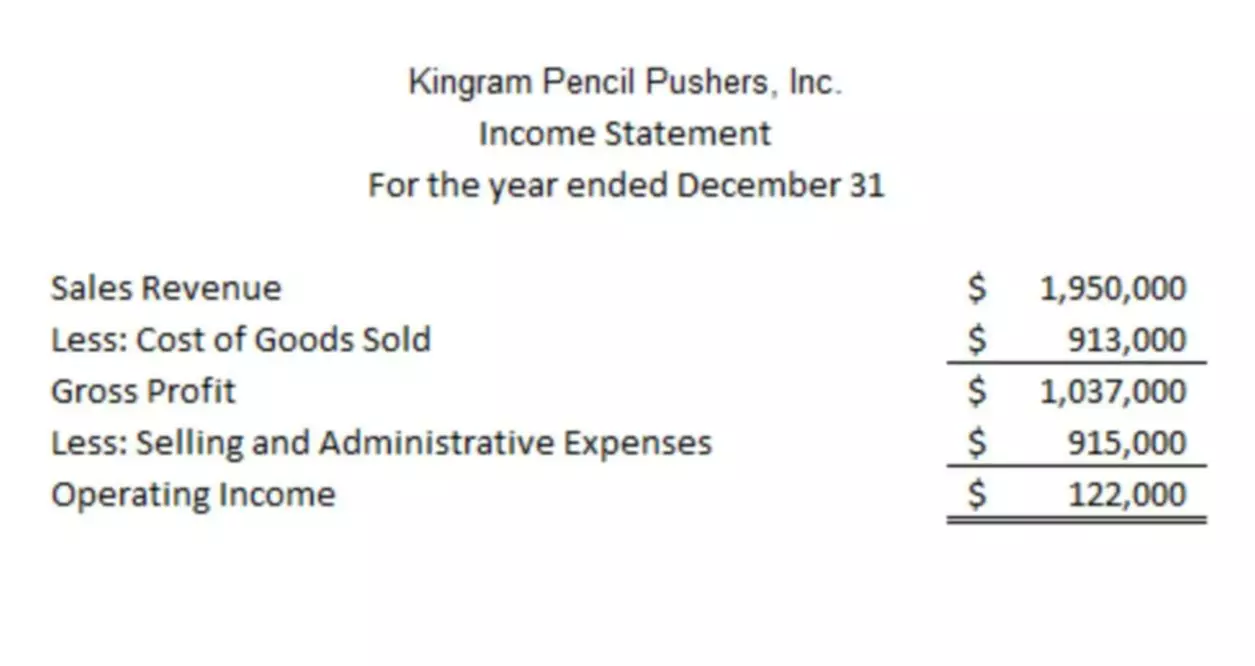Content

Watch this short video to quickly understand the definition, formula, and application of this financial metric. A higher ratio is generally favorable, as it indicates an efficient use of assets. Net sales are the amount of revenue generated after deducting sales returns, sales discounts, and sales allowances. Leverage results from using borrowed capital as a source of funding when investing to expand a firm’s asset base and generate returns on risk capital. Locate the ending balance or value of the company’s assets at the end of the year. Yarilet Perez is an experienced multimedia journalist and fact-checker with a Master of Science in Journalism.

Average total assets are usually calculated by adding the beginning and ending total asset balances together and dividing by two. A more in-depth,weighted average calculationcan be used, but it is not necessary. If your asset turnover ratio is higher than others in the industry, this means you are using your assets to generate more sales than your competitors. For example, higher sales volume might indicate that the company is larger than yours, not necessarily better. If you’re using accounting software, you can find these numbers on your income statement and balance sheet. If not, you’ll need to find them in your manual ledger or spreadsheet. Now that Company A has its asset turnover ratio and can see improvement, it’s time to compare it with others in the industry.
In the final analysis
Essentially, the net sales are primarily utilized for calculating the ratio returns and refunds. The returns and refunds should be withdrawn out of the total sales, in order to accurately measure a firm’s asset capability of generating sales.
- Company A reported beginning total assets of $199,500 and ending total assets of $199,203.
- The company’s average total assets for the year was $4 billion (($3 billion + $5 billion) / 2 ).
- Your asset turnover ratio measures how effectively your company is using the fixed assets and liquid assets that it has to generate revenue.
- Outside investors will use this ratio to compare your company’s performance to others in the same sector.
- It is calculated by adding up the assets at the beginning of the period and the assets at the end of the period, then dividing that number by two.
Making a decision depending solely upon the current assets turnover ratio can be faulty as it fails to show other features of conditions of a company. The asset turnover ratio is a way to measure the value of a company’s sales compared to the value of the company’s assets. It’s an efficiency ratio that lets you see how efficiently the company uses its assets to generate revenue. Total asset turnover ratio is a great way to measure your company’s ability to use assets to generate sales.
Calculation Of The Asset Turnover Ratio: A Business Case
It means that the company has made sales worth Rs. 1,000 for every Rs. 100 invested in the current assets. Understand the meaning, significance, and formula of asset turnover ratio. Learn how to calculate and analyze asset turnover ratio with a detailed example. Do this by running a balance sheet dated January 1, 2019, and then running a second balance sheet dated December 31, 2019. If you’re keeping books manually, you’ll need to access both balances from your ledger. Even with accounting software, you’ll likely calculate the ratio separately, since very few small business accounting programs can create accounting ratios. Investors can use the asset turnover ratio to help identify important competitive advantages.

We would say that P&G has to improve its asset utilization to increase revenue generation through assets. Because that means the company can generate enough revenue for itself.
Step 3. Perform the calculation
About sales figures, equipment purchases, and other details that are not readily available to outsiders. Instead, the management prefers to measure the return on their investments based on more detailed and specific information.
- Well, according to the formula, you have to divide the net sales by the average total assets in order to get the asset turnover ratio.
- Now that Company A has its asset turnover ratio and can see improvement, it’s time to compare it with others in the industry.
- At its core, asset turnover is a measure of how well management does at efficiently using its capital.
- Even with accounting software, you’ll likely calculate the ratio separately, since very few small business accounting programs can create accounting ratios.
- This might be due to excess production capacity, poor collection methods, or poor inventory management.
Unfortunately, many companies also use it as a benchmark of overall performance rather than efficiency. First, it assumes that additional sales are good, when in asset turnover ratio reality the true measure of performance is the ability to generate a profit from sales. Thus, a high turnover ratio does not necessarily result in more profits.
The asset turnover ratio is expressed as a rational number that may be a whole number or may include a decimal. By dividing the number of days in the year by the asset turnover ratio, an investor can determine how many days it takes for the company to convert all of its assets into revenue.
- However, a company must compare its asset turnover ratio to other companies in the same industry for a more realistic assessment of how well it’s doing.
- After you have calculated the total asset turnover, you can use it to make adjustments to how you use your assets and improve your earnings.
- In practice, the ratio is most helpful when compared to that of industry peers and tracking how the ratio has trended over time.
- To get a true sense of how well a company’s assets are being used, it must be compared to other companies in its industry.
- Locate the ending balance or value of the company’s assets at the end of the year.
- If one company has a higher asset turnover ratio than its peers, take the time to figure out why that might be the case.
